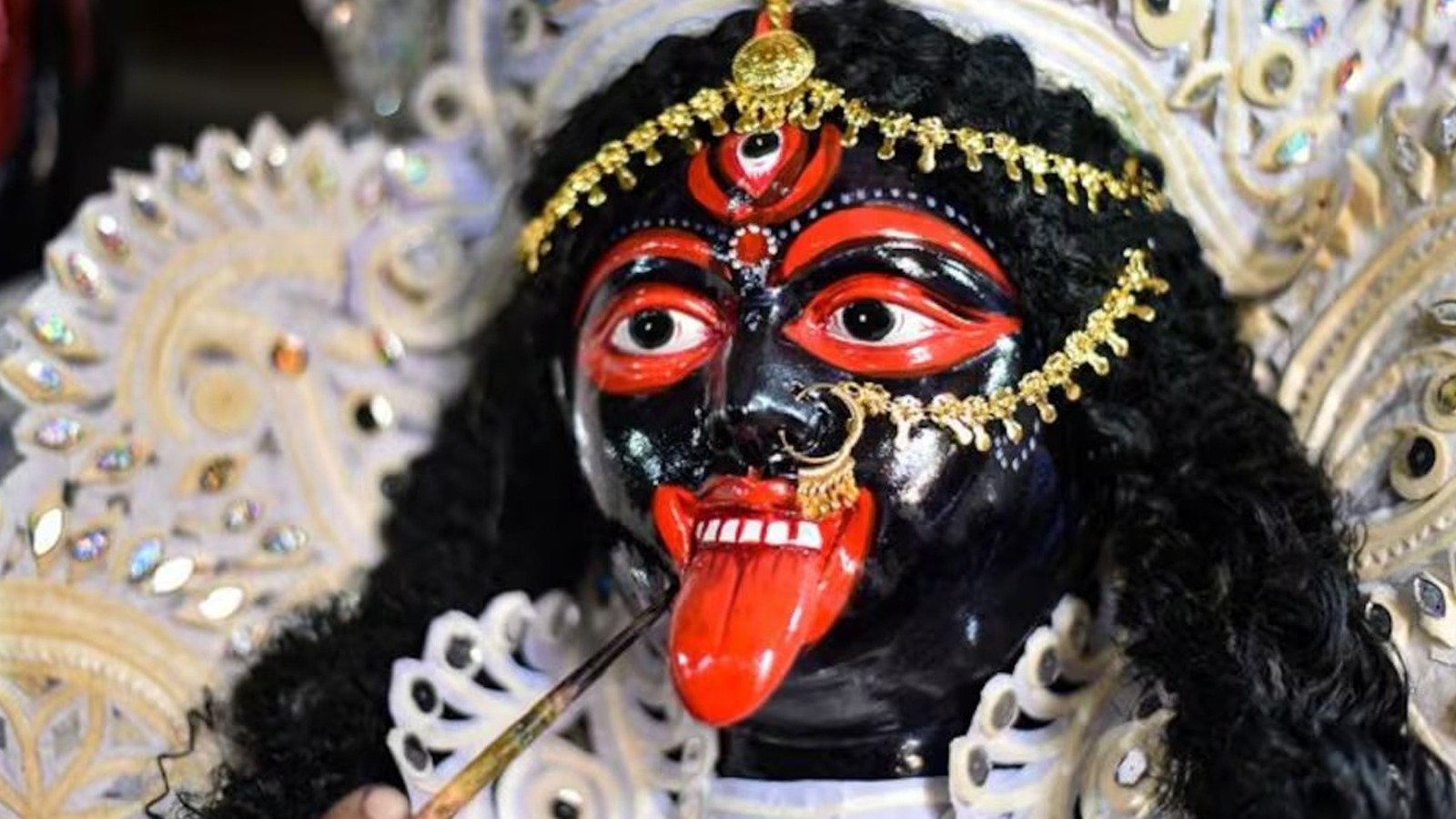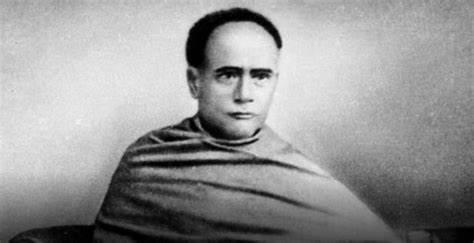The historical Indian sculptures, monuments, and other landmarks are noteworthy and reflect the religious beliefs of the majority of the population. India, a country with a rich historical heritage, holds pride in its legacy and landmarks, such as the Taj Mahal and the Red Fort. The Ram Setu bridge is one such mythical monument. Ram Setu bridge is many centuries old and continues to be a hot topic among archaeologists, scientists, and people across the globe. Currently, a case is pending in the Supreme Court to brand the Ram Setu bridge as a national monument.
All About Ram Setu
Ram Setu is one of the rare structures that serve as a bridge between mythology and history. In the Ramayana, the route Rama and his army took to get to Sri Lanka was through the Rameshwaram bridge, also known as Adam's Bridge. After putting in a lot of effort to bring back his wife Sita, Rama and his followers travelled from Rameswaram to Sri Lanka. With this belief, the Ram Setu bridge was built to cover India to Sri Lanka distance. Recently, the Indian government gave its approval for undersea research to analyse and establish the precise age of the India-Sri Lanka bridge. It will also concentrate on learning how this Setu came to be. In this study, the Ram Setu bridge was declared a national monument and has been concurrently ongoing and under dispute since 2005.
Facts About Ram Setu (Adam’s Bridge)
The causeway that covers India to Sri Lanka distance is identical to the Ram Setu, also known as Adam's Bridge. The bridge runs from Mannar Island, in Sri Lanka, to Pamban Island, in Tamil Nadu, India.
• On a rough scale, this Ram Setu bridge is 50 kilometers long. Additionally, this bridge divides the Palk Strait from the Gulf of Mannar. The shallow seas surrounding the Setu range from 3 feet to 30 feet.
• Geology has also provided evidence that Ram Setu was a geographical connection between the two countries, India and Sri Lanka.
Importance of Ram Setu in Mythology
The first reference to Ram Setu appears in the Hindu epic tale known as the Ramayana. This Setu is thought to have been built thanks to the efforts of Lord Rama's army, with guidance from Nala (a warrior monkey and the engineer behind the building of the Setu). The Rameshwaram bridge was built for Lord Rama to travel to Sri Lanka and save his wife Sita from King Ravana's imprisonment. According to Indian epic tradition, the Rama Setu was constructed using floating stones with the name of Lord Rama etched on them, rendering the stones unsinkable






